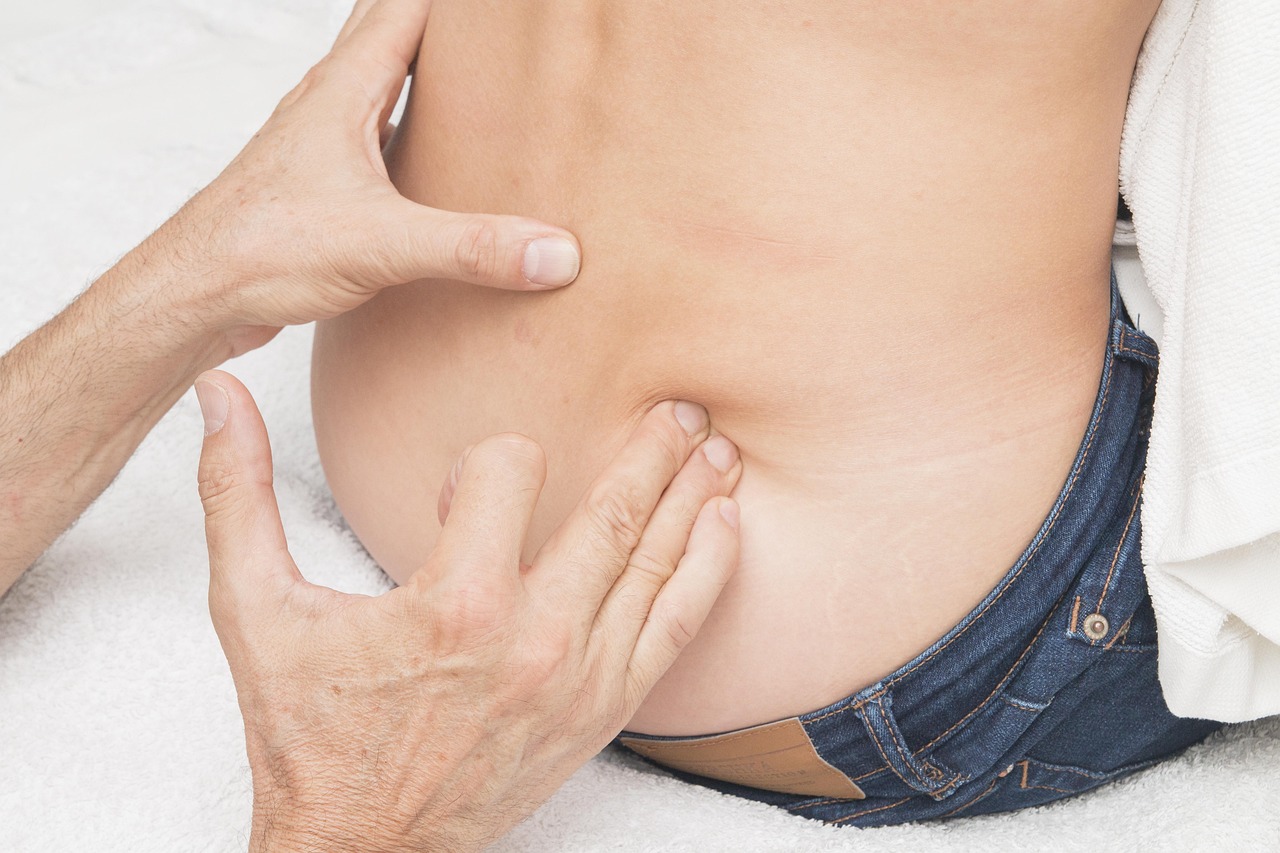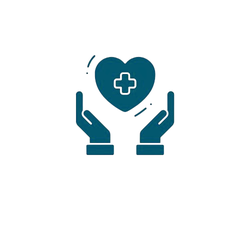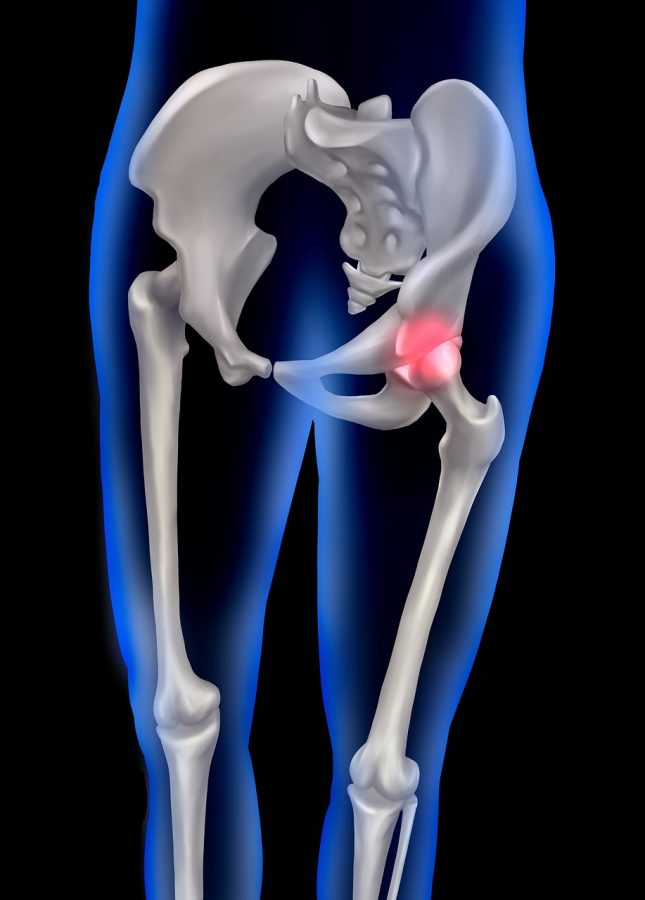Quick Answer
Hip joint pain at 40 often comes from a sedentary lifestyle, weak glutes, excess weight, or early arthritis. Improving movement habits and posture can ease symptoms quickly.
Quick Action Plan
- Stand up and move every 30–45 minutes during the day.
- Strengthen glutes and core with bridges, clamshells, and planks twice a week.
- See a doctor if hip pain lasts longer than 2–3 weeks or limits daily activity.
Sources: Harvard Health, Mayo Clinic, NIH/NIAMS
Why does hip joint pain at 40 become so common?
Because long sitting weakens support muscles, reduces circulation, and increases stress on the hip joint.
By age 40, many adults spend years in sedentary jobs. Weak glutes and tight hip flexors overload the ball-and-socket joint, leading to hip joint pain at 40. This type of joint pain after 40 often shows up during standing, walking upstairs, or after prolonged sitting.
How does a sedentary lifestyle affect hip joint pain at 40?
Sitting for hours shortens hip flexors and weakens glutes, creating imbalances that strain the joint.
Modern office work is a major driver of hip joint pain at 40. When hip muscles don’t fire correctly, the joint bears more pressure. Over time, this imbalance may trigger knee problems after 40 and even contribute to knee joint pain at 40 because of altered walking patterns.
What role does weight play in hip joint pain at 40?
Extra body weight adds pressure to the hips, accelerating wear and pain.
Every added kilogram increases load across the hips. Even modest weight loss reduces hip joint pain at 40. Just as with knee problems after 40, carrying less body weight protects the cartilage and lowers risk of developing arthritis in your 40s.

What are the main causes of hip joint pain at 40?
Muscle imbalance, excess weight, old injuries, and early arthritis are key causes.
Many adults face hip joint pain at 40 not from trauma but from inactivity. Still, athletes may suffer labral tears or bursitis. In others, arthritis in your 40s begins silently and shows up as stiffness after rest. Untreated, this may connect with wider joint pain after 40 across knees and lower back.
What symptoms of hip joint pain at 40 should not be ignored?
Sharp pain, night pain, locking, catching, or swelling should never be ignored.
If hip joint pain at 40 is only mild stiffness, lifestyle changes often help. But if pain persists beyond two weeks or radiates down the thigh, medical evaluation is needed. Such symptoms may overlap with knee joint pain at 40 or early knee problems after 40.
How is hip joint pain at 40 linked to arthritis in your 40s?
Early osteoarthritis often begins in the hips, showing as stiffness and deep aching pain.
Many ask, “Can you get arthritis in your 40s?” The answer is yes. Genetics, weight, and past injuries influence onset. Early arthritis in the hips may soon contribute to joint pain after 40 in knees and spine, making prevention essential.
What exercises help relieve hip joint pain at 40?
Low-impact cardio and targeted strength training ease pain and restore balance.
Swimming, cycling, and brisk walking are joint-friendly options. Strength moves like bridges, clamshells, and lunges target weak muscles that drive hip joint pain at 40. Consistency reduces symptoms and helps prevent knee problems after 40.
When should you see a doctor for hip joint pain at 40?
When pain lasts more than two weeks, limits mobility, or is accompanied by swelling or fever.
Doctors can check for bursitis, arthritis, or labral tears. Early help prevents long-term hip joint pain at 40 and lowers the chance of worsening joint pain after 40 across other joints.
Can home care reduce hip joint pain at 40?
Yes—stretching, mobility work, and topical treatments can ease pain at home.
Daily mobility drills, heat or ice as preferred, and short walking breaks cut discomfort. Topical gels may help mild hip joint pain at 40. Avoid long inactivity, which worsens both hip and knee problems after 40.
How can posture changes help prevent hip joint pain at 40?
Proper posture reduces stress on hips during sitting, standing, and walking.
Using ergonomic chairs, standing desks, and proper walking gait can reduce hip joint pain at 40. These changes also support those with knee joint pain at 40 and prevent long-term joint pain after 40.
FAQ: Hip Joint Pain at 40
Is hip joint pain at 40 normal?
It is common but not inevitable. Lifestyle changes can reduce it.
What vitamins help hip joint pain?
Vitamin D, omega-3, and magnesium support joint health if deficient. Food first is always best.
Can exercise make hip pain worse?
High-impact or improper form can, but low-impact strength and cardio usually help.
Related Articles
- Joint Pain After 40
- Knee Problems at 40
- Knee Pain Over 40
- How to Improve Sleep After 40
- How to Build Muscle After 40
Take Care of Your Hips Today
Your 40s are the perfect time to reverse bad habits. Get up often, strengthen your glutes, improve posture, and manage weight. Small steps now can stop hip joint pain at 40 from becoming a lifelong problem.

